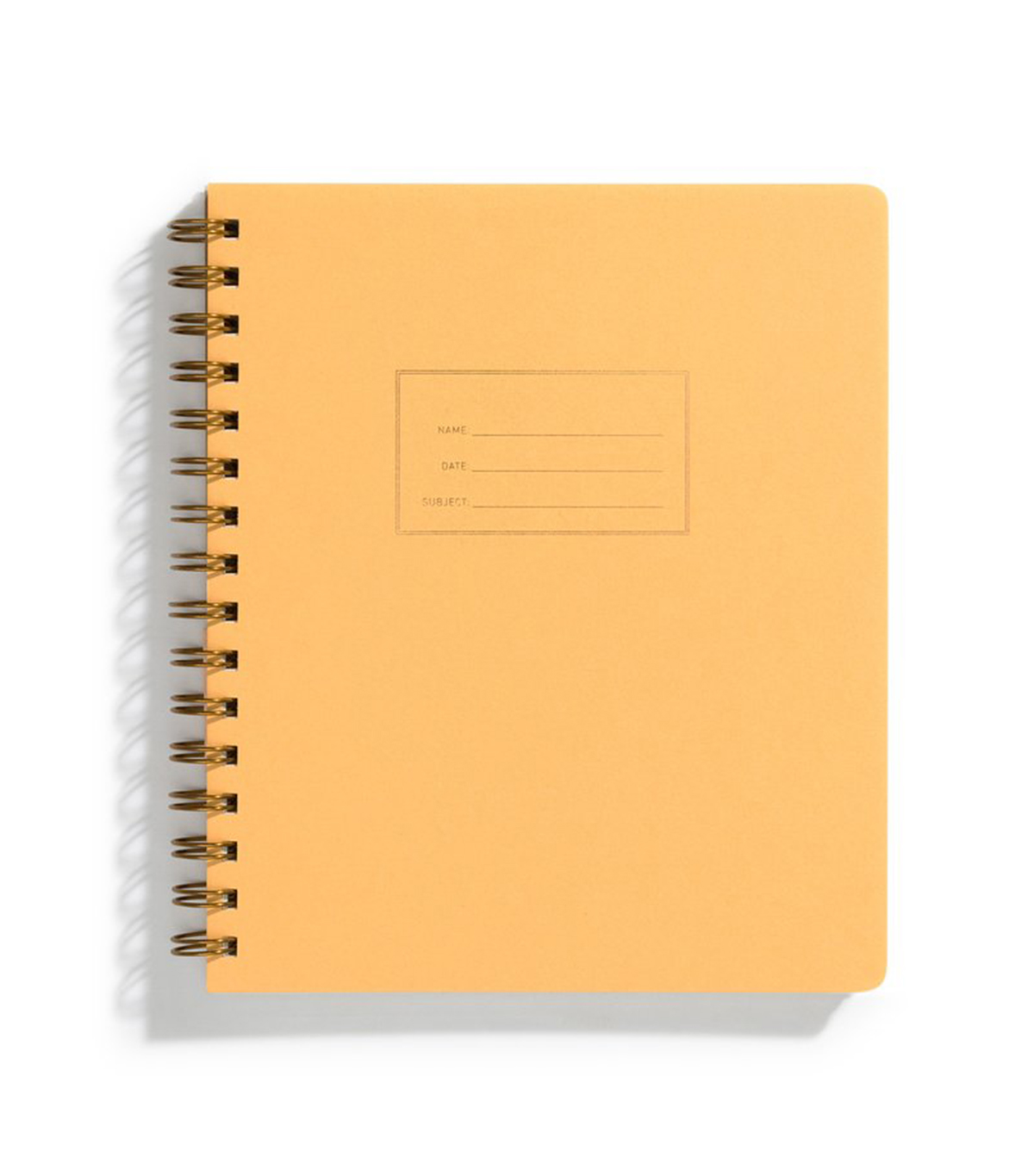Use This "Tool Kit" the Next Time You're in a Bad Mood


It's easy to feel powerless against a bad mood. Negative emotions have a serpentine way of gripping us tighter when we try to resist, until we're almost suffocated by a spiral of thought. But while giving into the bad feeling can feel like the equivalent of wallowing, there's a fundamental difference between submission and radical acceptance. In acknowledging our own humanity without judgment, it becomes much easier to gain the clarity we need to engage in strategies that will actually make us feel better.
Heather Silvestri, a New York City–based psychologist, calls this "preventative self-care." "It is extremely useful to amass a 'tool kit' of self-care strategies ahead of time so that they are at the ready when your mood has dipped or your anxiety has risen," she says. "When you're sad or upset, it's difficult to maintain perspective, and when you're anxious, it's difficult to focus and think clearly. In this way, at the very time that you most need strategies for self-care, you're typically the least able to think creatively to compile them. Having an arsenal of solid and varied strategies at the ready circumvents this problem."
With practice, your tool kit will become second nature—most of the time, you'll know exactly how to hack a bad mood the moment it arises. In the meantime, Silvestri recommends getting started by taking a few minutes to strategize and write it all down. Keep reading to learn how to build your good-mood tool kit.

Step 1: Write down 5 adjectives to describe your bad moods
This exercise honors the fact that not all "bad" days or moods are created equal, and therefore, a strategy that works for you one day might not be the best approach to chase away the blues on another. Take out a pen and paper and use different descriptors for your most common negative moods, like "anxious" or "insecure" or "wistful."
"This list then guides the strategies that will likely be effective in turning those moods around," says Silvestri. "From there, the particular techniques or actions can be specified."
Step 2: Brainstorm the self-care strategies that usually make you feel better
Do you love listening to nostalgic music when you're feeling blah? Does going for a run usually melt anxiety away? Great—write it down. In the end, you should have a series of rituals listed under each of your original five bad-mood archetypes. That's your good-mood tool kit to reference the next time you're feeling less than stellar. This list is meant to be flexible and ever-evolving, and it's definitely subject to trial and error. You might consider trying a few new self-care strategies to see how they work.
"Some of the most practiced techniques include meditation and mindfulness, exercise (in any form), journaling, reading or listening to inspirational blogs or podcasts, even writing a letter to yourself when you're in a good mood to remind your bad mood self of things to be grateful for and what else is true besides the negatives," says Silvestri.

Step 3: Try to withhold judgment and, above all else, accept how you're feeling
Remember that your good-mood tool kit is not a plan of resistance, but acceptance—it's designed to help you work through your bad mood so that you can feel better, rather than fight it or ignore it entirely (which only tends to make us spiral even more).
"Above all, being proactive, having compassion for yourself, and being accountable to yourself are the pillars of any self-care tool kit," says Silvestri.
Next up: Learn why having a bad day can actually be a good thing.
Disclaimer
This article is provided for informational purposes only and is not intended to be used in the place of advice of your physician or other medical professionals. You should always consult with your doctor or healthcare provider first with any health-related questions.
